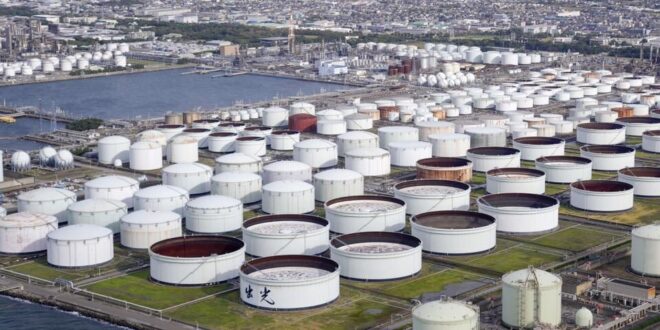Amid rising Red Sea shipping risks due to attacks on vessels from Yemen’s Houthis, Saudi Arabia has increased exports from its northern Red Sea terminal to avoid the danger zone, according to Bloomberg and Reuters.
Oil exports from Saudi Arabia’s Muajjiz terminal saw a 580,000-barrel-per-day increase in January, based on Bloomberg tracking data.
The Muajjiz terminal, on the Kingdom’s western coast near Yanbu, shipped 18 million barrels for export in January, compared to only 8 million barrels in December.
Crude oil shipped from the Muajjiz terminal can then travel north, avoiding the Bab el-Mandeb Strait where the Houthis are targeting vessels.
Crude loaded at Muajjiz is fed into the Sumed pipeline in Egypt and then piped to a terminal on the Mediterranean Sea coast, then on to end clients.
Despite the Red Sea chaos, the Saudis continue to brave the Bab el-Mandeb strait, even as some loadings are being diverted away from the southern Red Sea area.
Reuters reports that tanker tracking data shows at least two cargoes loaded at Muajjiz went south through the Houthi-targeted strait in January.
In public statements, the Saudis continue to insist that its cargoes are not avoiding the southern Red Sea.
Last week, a senior Aramco official told Bloomberg that the Kingdom was still exporting crude oil via the Red Sea despite the Houthi threat.
“We’re moving in the Red Sea with our oil and products cargoes,” Mohammed Al Qahtani, head of Aramco’s refining, oil trading and marketing division said, adding that the risks were “manageable”.
This is in stark difference to other oil traders, which have rerouted tanker traffic away from the Red Sea. This has added substantially to costs, with the longer journey around the Cape of Good Hope in Africa adding close to $1 million to the transport bill of a tanker, per data from LSEG Shipping Research.

 Iran Energy News Oil, Gas, Petrochemical and Energy Field Specialized Channel
Iran Energy News Oil, Gas, Petrochemical and Energy Field Specialized Channel



